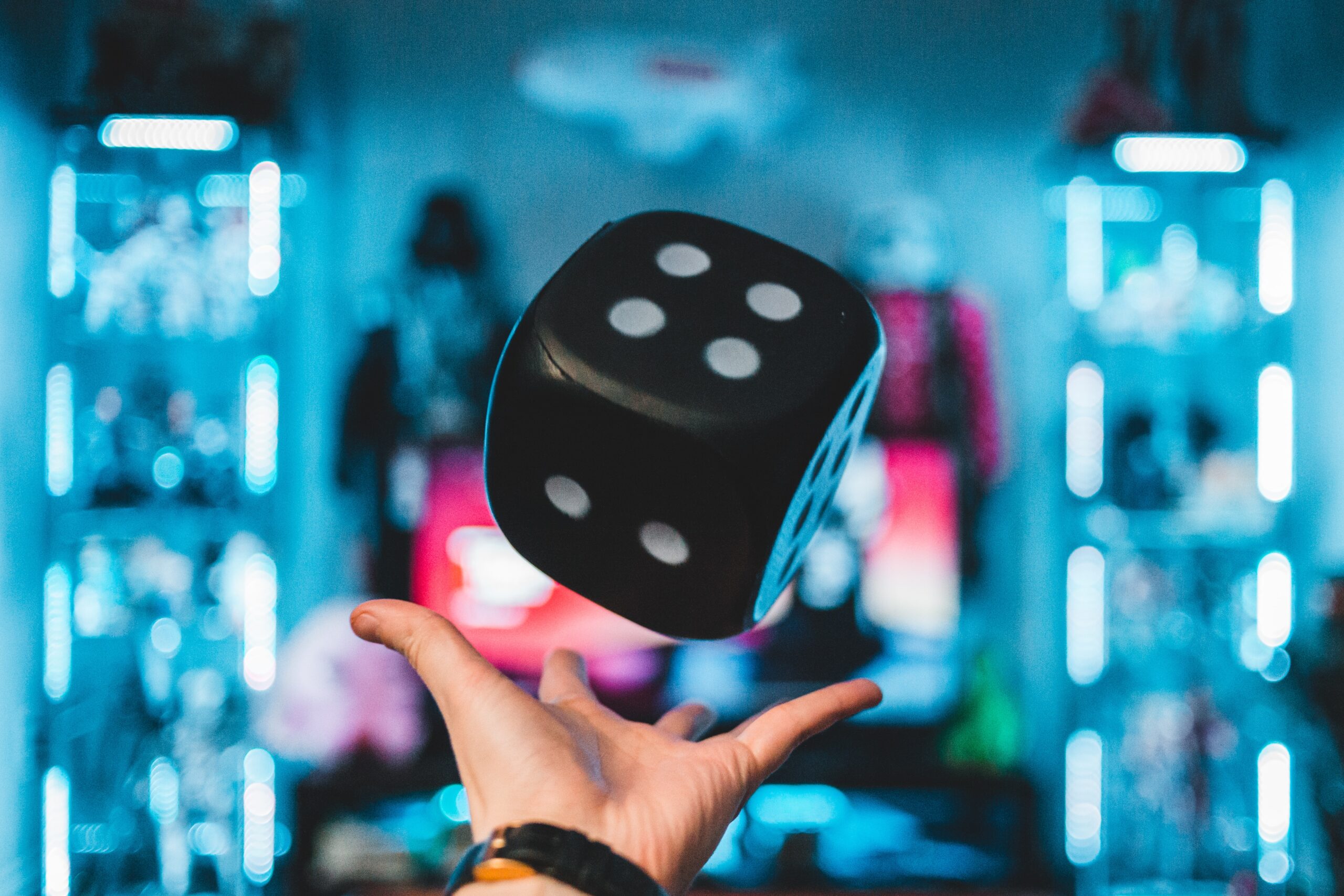14th-century Japan was wild!
Photo by Erik Mclean on Unsplash
Matcha drinking as gambling? How can it be, you may wonder.
After Eisai brought Matcha to Japan in the 13th century, growing tea trees spread from Kyoto to various regions in Japan. The custom of drinking Matcha also spread from among Zen monks to a much wider audience like samurais, then the ruling class, and also among rich merchants.
History tells us that by the 14th century in Japan, samurais and wealthy merchants turned Matcha tea tastings into lavish gambling events often called Tocha (闘茶).
Not all Matcha tastes exactly the same. Matcha made from tea leaves that are grown in one region tastes different from those grown in other regions. People would bring several Matcha made in different regions, taste them blindfolded, let’s say four kinds of Matcha, 10 bowls at random order, and try to guess which bowl was made from the same Matcha.
The person who guessed most correctly would win.
The prize of Tocha would be such precious items as a vase imported from China or extravagant silk garments. Often these Tocha events would accompany elaborate banquets as well as a lot of sake drinking.
Tocha became so extreme that then ruling Ashikaga clan even banned such events in 1336. This type of gambling with Matcha, however, remained popular for another hundred years or so.
Source: Omotesenke Website
